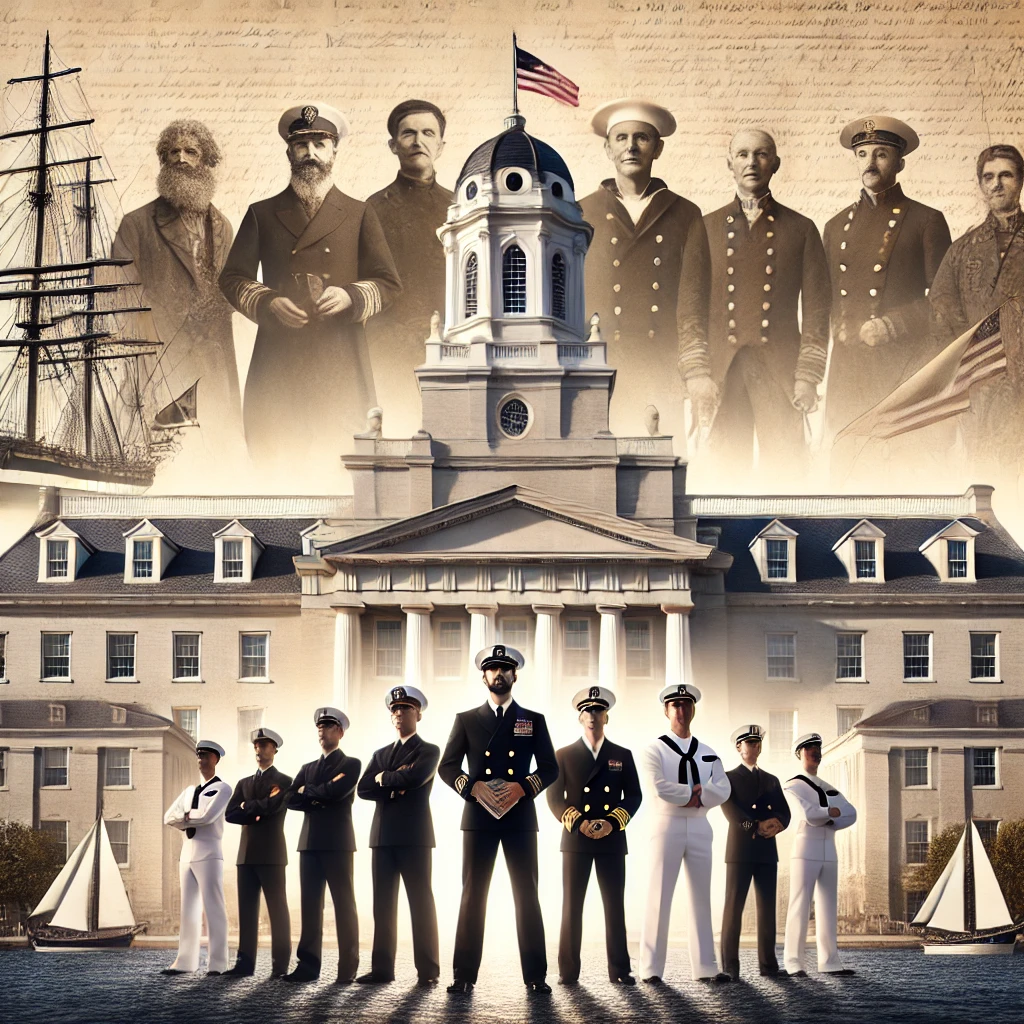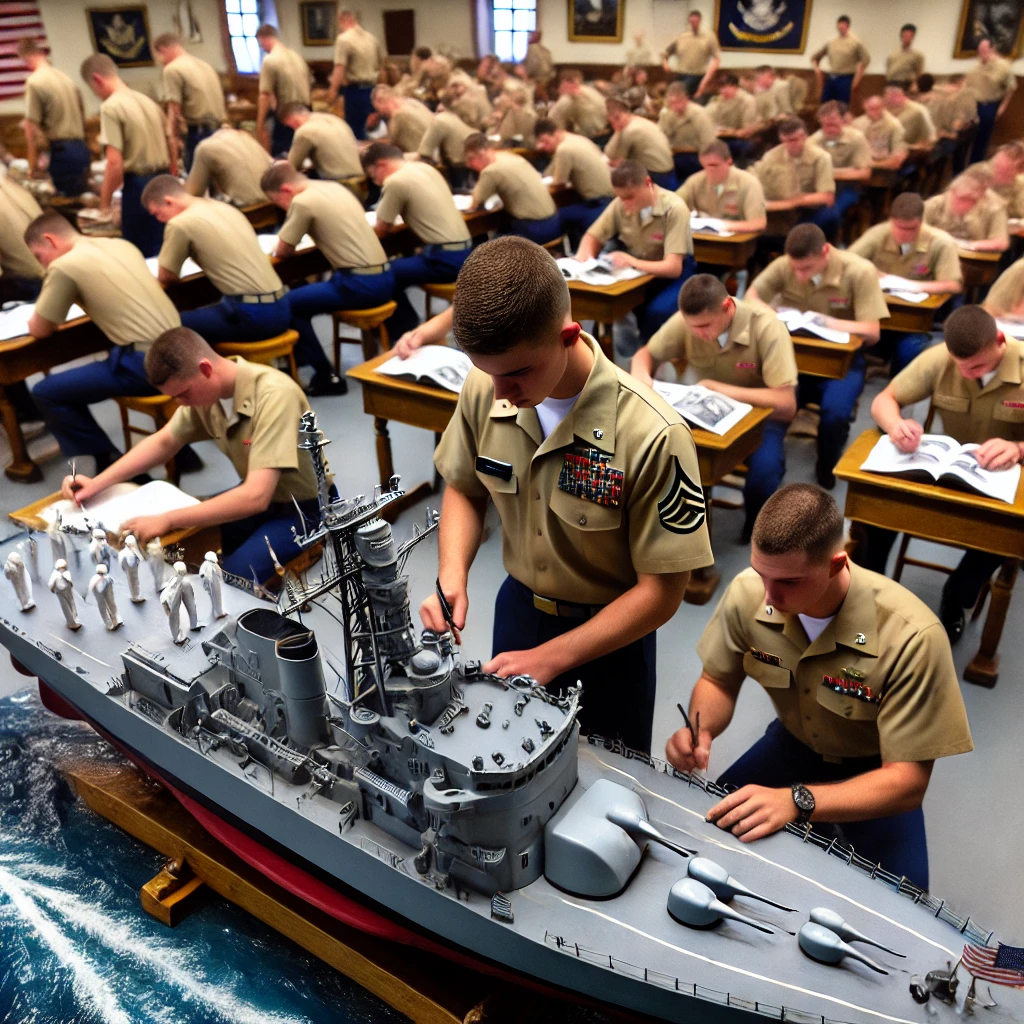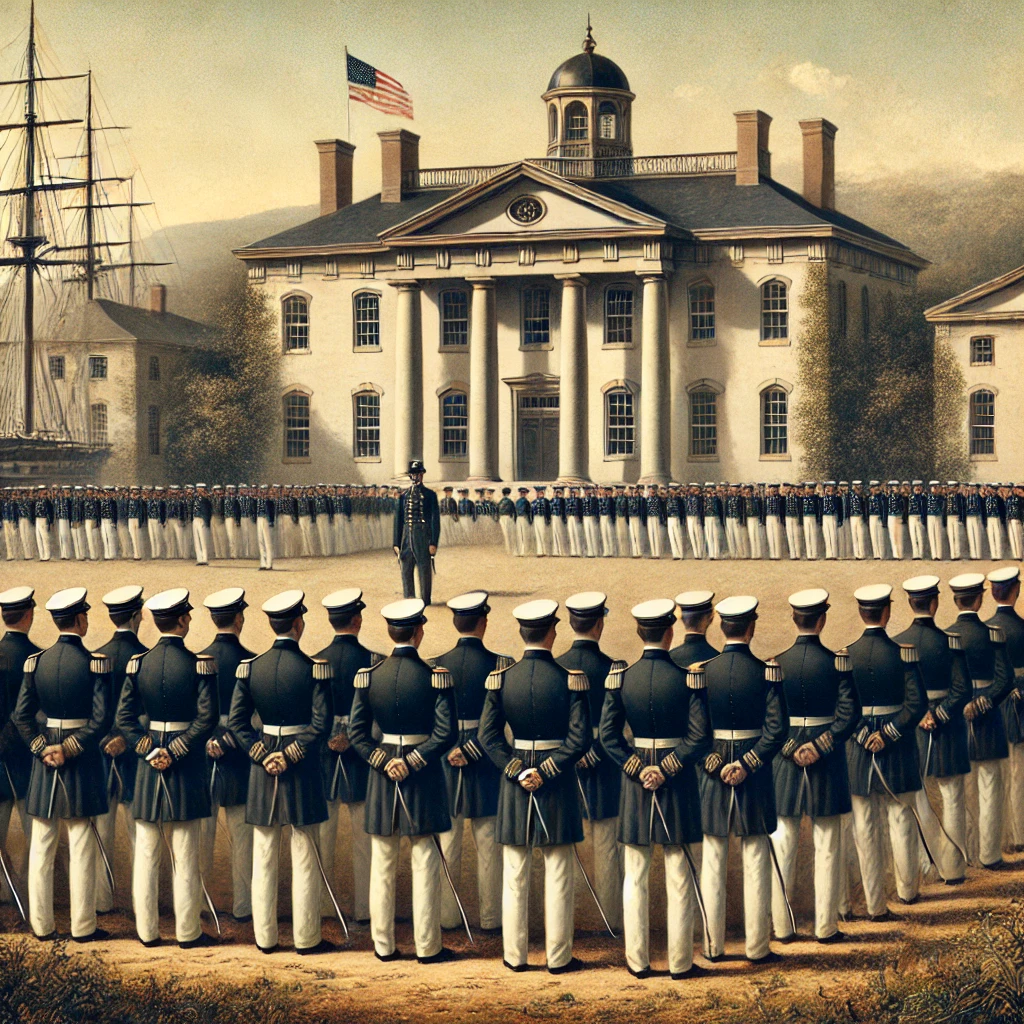On October 10, 1845, the United States Naval Academy was founded in Annapolis, Maryland, marking a pivotal moment in the evolution of naval education and training in the United States. Established by George Bancroft, a prominent historian and educator who served as the Secretary of the Navy, the academy was created to address the inadequate methods of training midshipmen at the time. The foundation of the U.S. Naval Academy not only transformed naval education but also significantly contributed to the development of a professional naval officer corps in the United States.

The Need for Reform
Prior to the establishment of the Naval Academy, the training of naval officers was inconsistent and often reliant on informal apprenticeships. Midshipmen typically learned their craft at sea under the tutelage of seasoned officers, leading to a haphazard and uneven educational experience. This lack of formal training posed challenges to the effectiveness and professionalism of the U.S. Navy, particularly as the nation faced increasing demands for a capable maritime force.
George Bancroft recognized the pressing need for a systematic approach to naval education. Drawing on his experiences and insights into educational reform, he envisioned a dedicated institution that would provide a rigorous academic curriculum alongside practical training. The goal was to create well-rounded officers equipped with the knowledge and skills necessary to navigate the complexities of modern naval warfare and operations.

The Founding of the Academy
The U.S. Naval Academy officially opened its doors on October 10, 1845, with a small number of midshipmen and a faculty composed of experienced naval officers and educators. The academy’s location in Annapolis was strategic, chosen for its historic significance and proximity to the Chesapeake Bay, providing ample opportunities for naval training and exercises. The curriculum was designed to incorporate a wide range of subjects, including mathematics, navigation, engineering, and seamanship, ensuring that midshipmen received a comprehensive education.
Bancroft’s vision for the academy extended beyond mere technical training; he emphasized the importance of character development, ethics, and leadership in preparing future naval officers. This holistic approach aimed to instill a sense of duty and responsibility in the midshipmen, shaping them into leaders capable of navigating the challenges of both naval and national service.
The Evolution of the Academy
Over the years, the U.S. Naval Academy evolved into a prestigious institution known for its rigorous academic standards and commitment to excellence. The academy’s emphasis on engineering and technology became increasingly relevant as naval warfare advanced and new technologies emerged. In response to the changing nature of military conflicts, the curriculum expanded to include subjects such as nuclear engineering and cybersecurity. The Naval Academy also became a center for research and innovation, contributing to advancements in naval strategy and technology. Its graduates have played pivotal roles in shaping the U.S. Navy and defending the nation, with many going on to achieve high ranks and serve in critical leadership positions.

The Academy’s Lasting Legacy
The founding of the U.S. Naval Academy laid the groundwork for a professional officer corps that has served the United States with distinction for over a century and a half. The academy has produced numerous leaders in naval history, including admirals and generals who have made significant contributions to the nation’s military and strategic endeavors. Today, the Naval Academy is recognized as one of the leading military academies in the world, attracting talented individuals committed to serving their country. Its traditions, values, and commitment to excellence continue to shape the character of future naval officers, ensuring that they are prepared to face the challenges of a rapidly changing global landscape.
The establishment of the U.S. Naval Academy on October 10, 1845, marked a transformative moment in the history of naval education and the development of professional military leadership in the United States. George Bancroft’s vision for a comprehensive and rigorous training program laid the foundation for an institution that has not only produced outstanding naval officers but has also contributed to the advancement of naval strategy and technology. As we reflect on the legacy of the Naval Academy, we recognize its enduring impact on the U.S. Navy and its pivotal role in shaping the future of naval warfare and service to the nation. The academy stands as a testament to the importance of education, leadership, and commitment in ensuring the safety and security of the United States.
